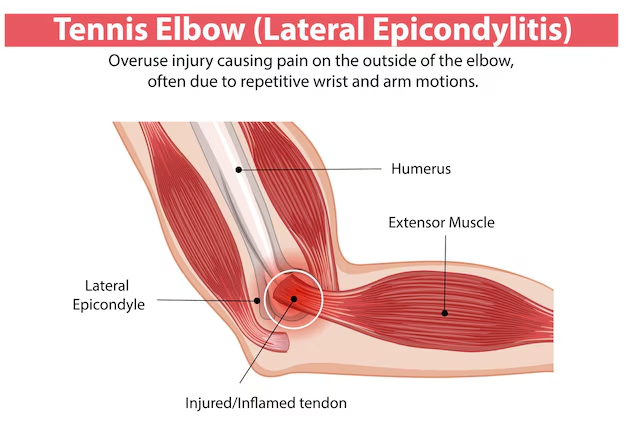
Knee Osteoarthritis
Osteopathy provides essential support for athletes facing sporting injuries. In our latest blog, we delve into effective treatment methods that promote healing and recovery, as well as preventive strategies to minimise injury risk. Learn how Osteopathic techniques can enhance your performance, boost flexibility, and help you stay active on the field. Discover the benefits of incorporating Osteopathic care into your training regimen and ensure you remain injury-free!








